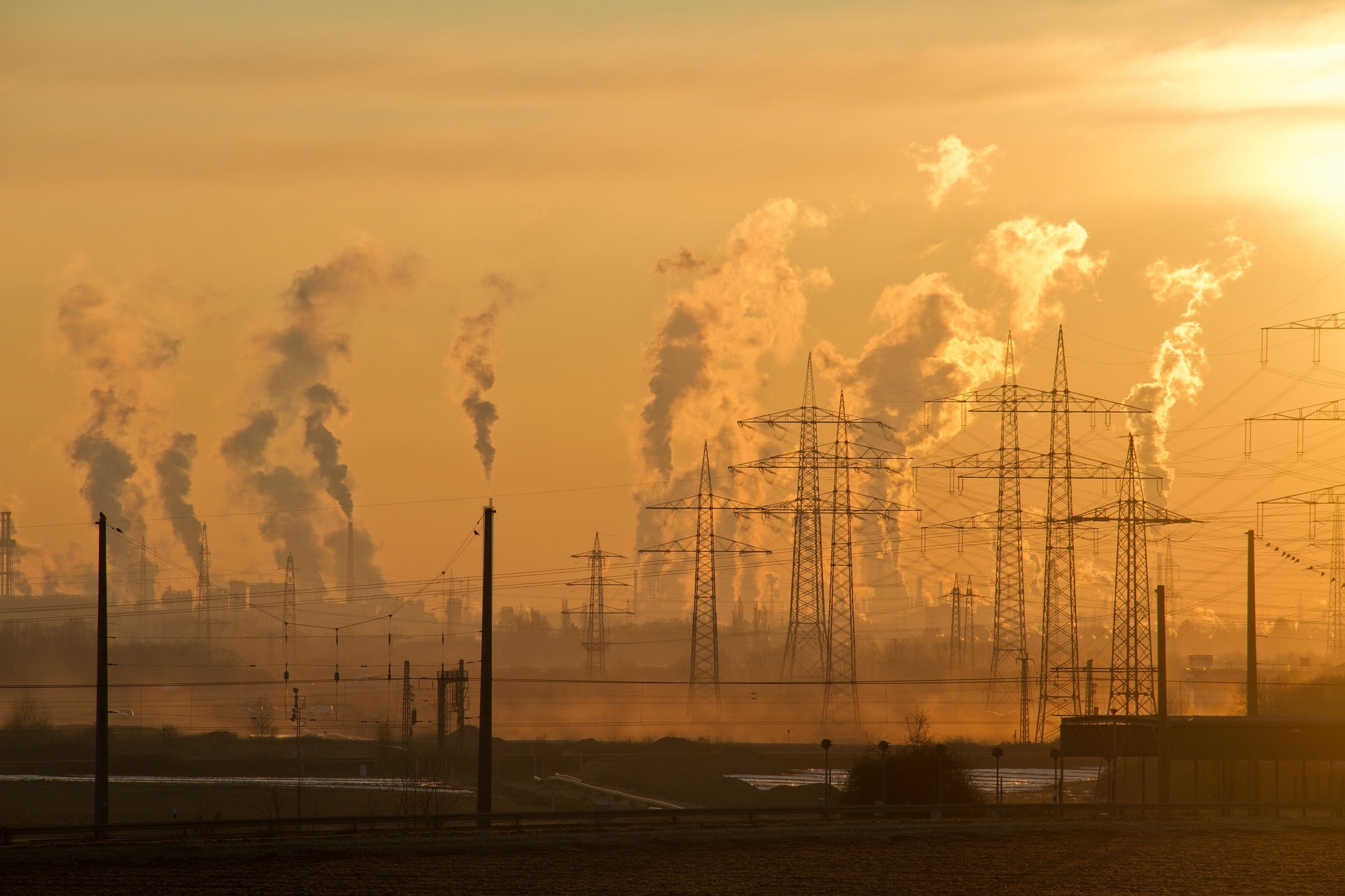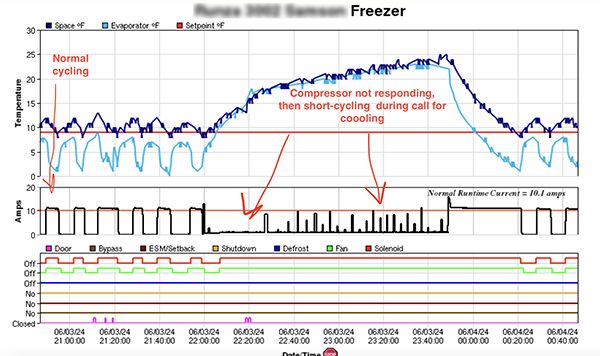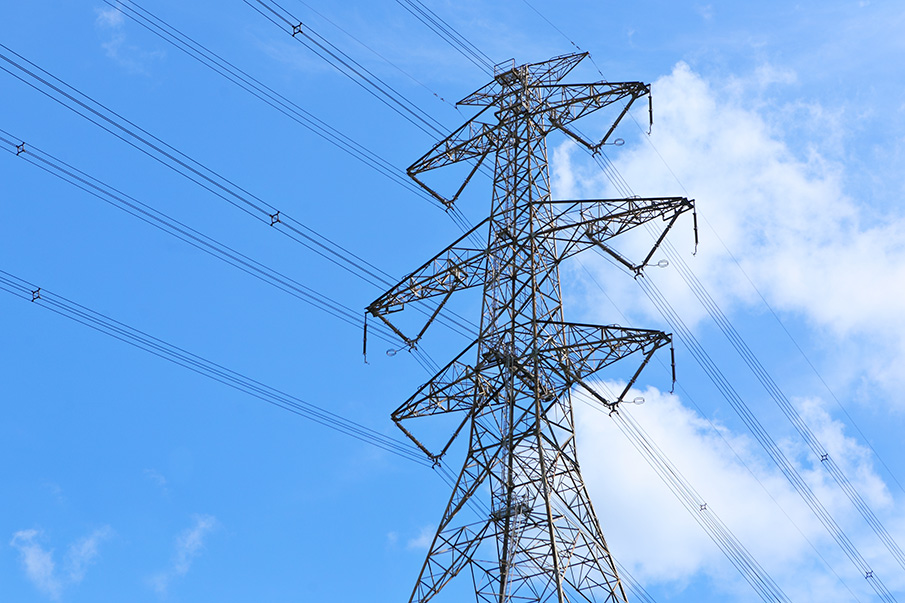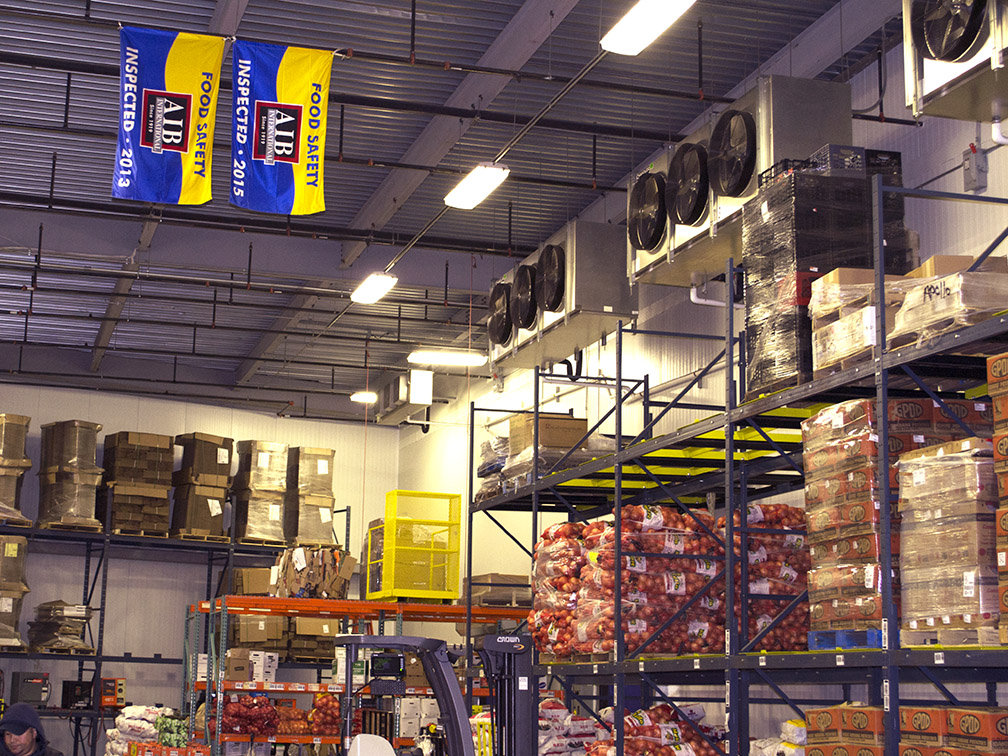Regardless of what one thinks of the impact and scale of climate change, or whether or not fossil fuels have a place as energy sources moving forward, two things are undeniable: clean energy reduces the amount of emissions that go into our atmosphere, and the sector will be providing ample job opportunities well into the near-future.
According to the Sustainable Energy in America Factbook, released last year, the clean energy employment sector has dramatically grown to 3 million jobs nationwide.
Why such a big surge? According to Charles Hernick, director of Policy and Advocacy at Citizens for Responsible Energy Solutions Forum, and Lisa Jacobson, president of the Business Council for Sustainable Energy, a leading reason is the diversity of skills needed to work with the technologies.
“The strength of job creation in clean energy generation comes partly from the wide-ranging skill base required to convert the power of the sun, wind, water, and waste into kilowatts needed to power our homes. Clean energy production creates jobs at many stages in the process — not just manufacturing. Additional jobs can be found in system design, project development, installation, operation and management — and the information technology that ties it all together.”
There’s also the ancillary job creation, they note. Infrastructure, transportation, shipping, etc.,. Any new plants or wind farms or contracting companies will require support and logistics just like any other entity. It truly is a robust sector and shows no signs of slowing down.
And long with that expansion (as the title of this post indicates), there has been noticeable gains in the second half of this two-for-one:
- The energy productivity of the US economy has increased by 14% over the last decade
- Natural gas and renewables generated 53% of the country’s electricity in 2018, a 35% increase from 2009
- There was $64 billion in total new clean energy investment in 2018
- Renewable energy provides roughly 20% of the US’s total power generation, nearly double the amount in 2009
The immediate economic benefits from more clean energy generation and more efficient energy use has translated to a vital long-term benefit of lower greenhouse gas emissions. With the Paris Agreement in the background and lawsuits surrounding proposals to rescind and replace the Clean Power Plan, U.S. greenhouse gas emissions have fallen to their lowest levels since 1991. In 2017, emissions fell 1.4 percent year-on-year to an estimated 6.4GtCO2e.
This fast-paced transformation of the energy sector continues to drive our economy’s de-carbonization. Emissions from this sector ebbed 4.2 percent in 2017, this time on the back of declining load and greater renewable generation instead of switching from coal to natural gas. As a result, power-sector emissions are now 28 percent below their 2005 peak.
But the root cause of all of this positive change is a philosophy understood by any government, business, or institution: the more energy you save, the more money you save. It’s a fallacy that if we focus on clean and renewable energy, our economy as a whole will suffer.
And corporations are getting in while the getting’s good: Private sector renewable contracts totaled 8.6 GW in 2018, the highest amount ever.
Read more about the Factbook here.




